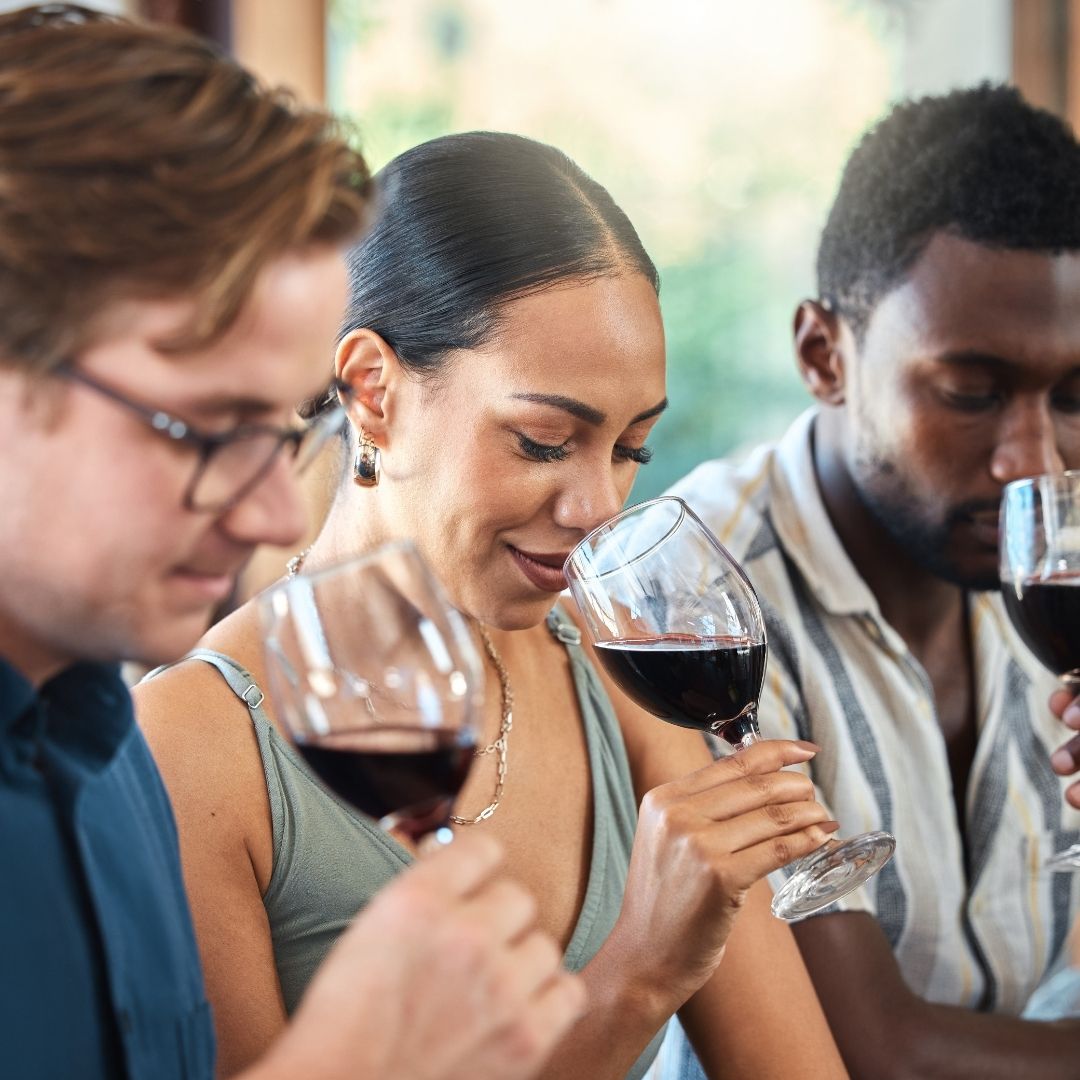
Wine Tasting
The tradition of wine tasting is a wonderful pastime and something that people from many different cultures seem to have in common. It is a wonderful activity and makes for great small talk with other individuals who share the same [budding] interest.
The interesting part about wine is that each wine is unique, each new varietal offers a unique tasting experience which ensures that the journey of wine tasting never gets old. Here are a few few tips to keep in mind for the budding wine connoisseur:
A great routine is as follows:
Checking the colour
Most white wines start off with an almost water- translucent colour, meaning that the colour of the wine is extremely light and close to the colour of water. As white wine ages, it naturally attains a more golden brown colour. Therefore it is safe to say that as white wines age they actually gain colour moving towards a deep yellow golden colour.
Red wines on the other hand actually lose colour. Younger wines begin as a deep dark, almost purple colour, and with age they transform to a lighter red or orange-brown colour. If the colour is very dark and you can’t see through it, it’s made from a thicker skin grape, and if you can see through it, then it’s a thinner skin grape.
So white wines darken with age and red wines lighten with age. See the image below for an example.

Swirling the wine
When you swirl the wine, you are adding more oxygen to the wine which encourages it to release more aromas and flavours. In fact allowing a bottle of wine to breathe follows the same idea. Through the breathing process, you can actually change the wine from a very average bottle to a delicious bottle of wine. Allowing the wine to breathe is usually reserved for red wines only. A young wine of about 1-4 years may breathe for approximately 1 hour, an older wine of about 8-10 years requires only 15 minutes. Breathing means that you either leave the bottle open or move the wine into a decanter which is usually a large glass container where it can be exposed to more air.
Legs/Tears of wine
After you’ve swirled the wine, you are able to see the ‘legs’ or ‘tears’ of the wine running down the side of the glass. Legs are an indication of the alcohol level in the wine. So the more legs you see the higher the alcohol level. This idea is based on the Maragoni effect, which states that that when you swirl the wine, the alcohol evaporates at a much lower temperature as a result what is left is the remaining liquid streaming down the side of the glass.
Smelling the wine
Firstly you want to try and place the wine in three different categories:
Fruit smell – Any fruit you would find in the aisles of a grocery store, apples or melons. Earth – Things that aren’t fruit but are still organic e.g. soil or fresh cut grass. Other/oak – anything in the baking department e.g. vanilla, cinnamon, cloves or spices.
Tasting and Aspirating
Next you’re going to go ahead and taste it, and don’t be afraid to toss it around your mouth giving your palate some time to decode the different flavours. Before you swallow it, try to draw some air into your mouth over the wine, this is known as aspirating the wine, which increases the aromatic perception of it.
To wrap up our segment on wine tasting, learn to trust your own palate and become your own wine critic. At the end of the day, the best thing about wine is being able to go out there and discover a different wine each time. Remember that what you taste and smell is unique to you so never feel intimidated by someone else who has conflicting ideas to yours. Be confident and enjoy this wonderful pastime.



